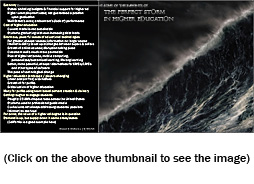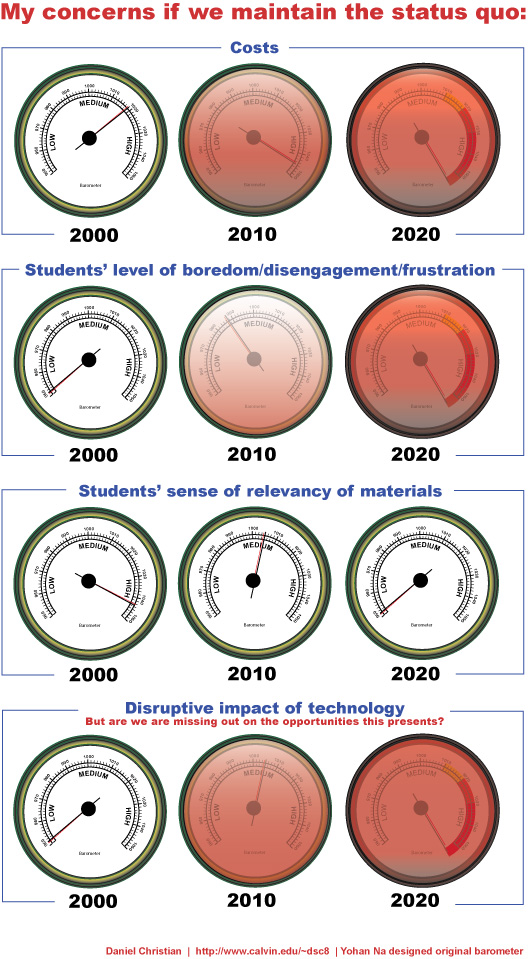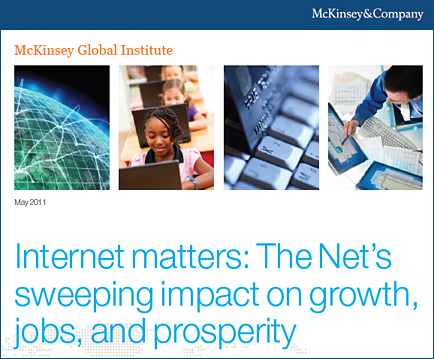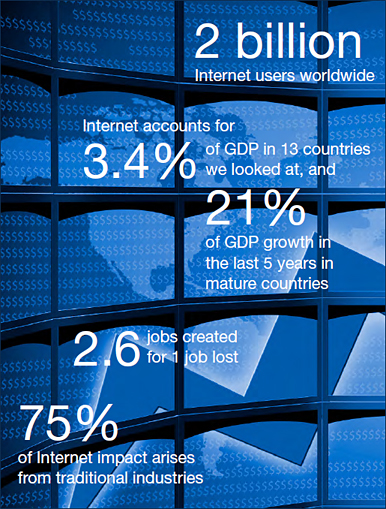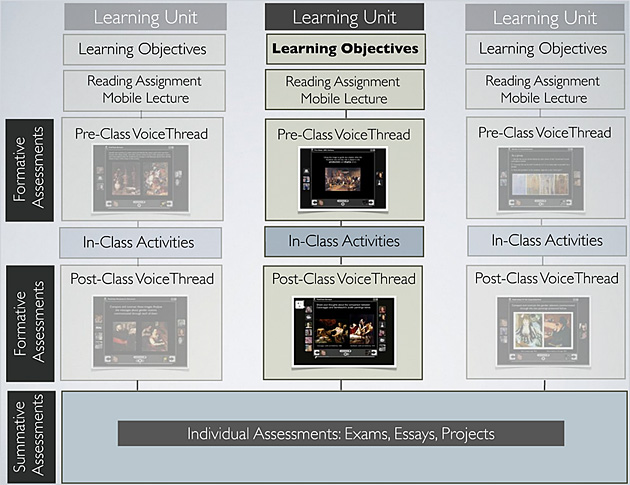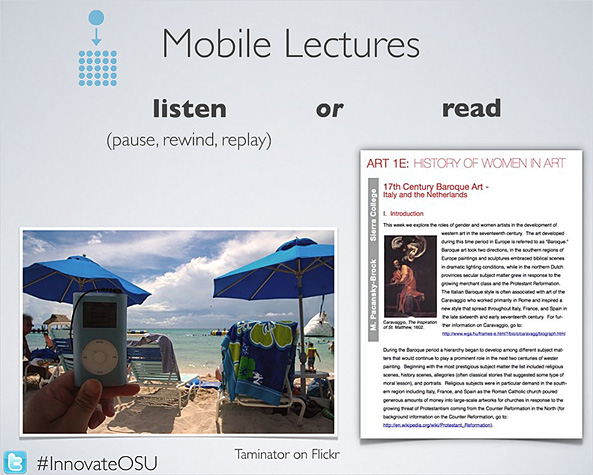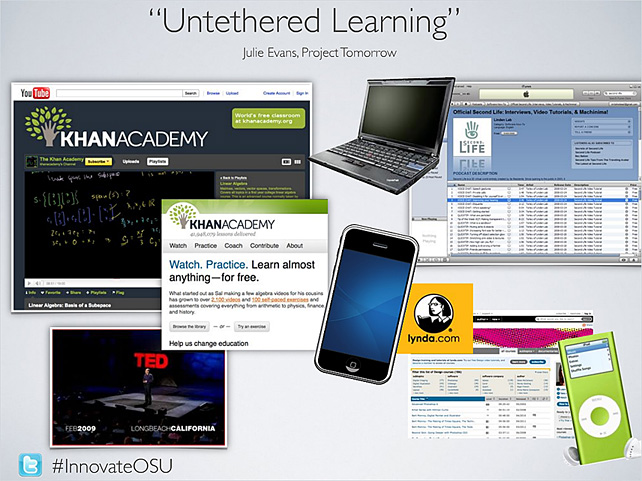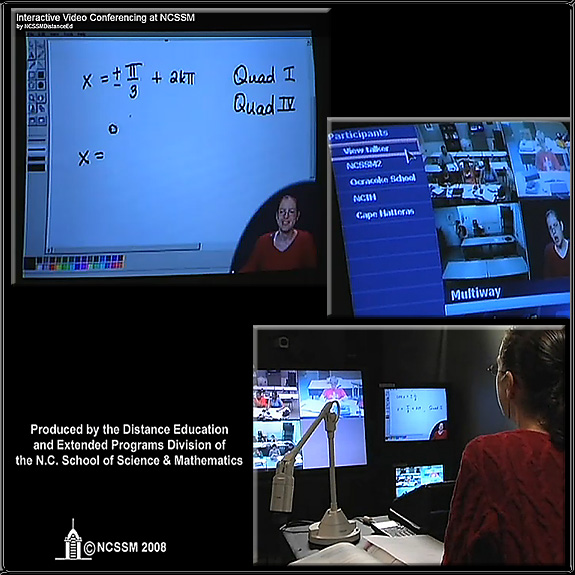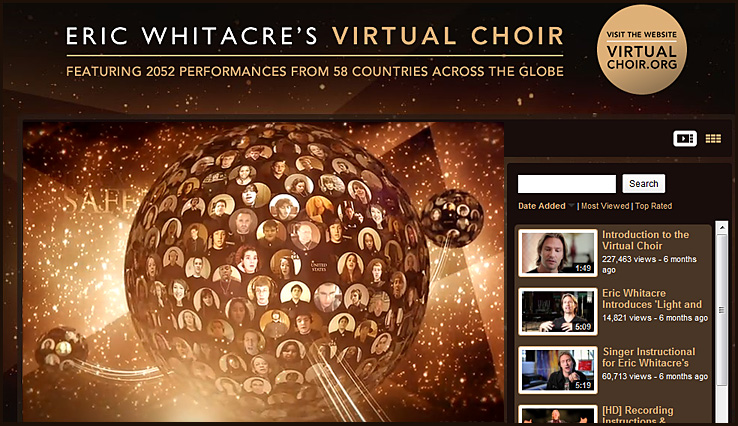Why 10 Gig-Ethernet makes sense — from edtechmag.com by Beth Bacheldor
Colleges deploy 10 Gigabit Ethernet to support bandwidth-intensive video applications, university research and mainstream business apps.
Excerpt:
10 Gig-E in a Nutshell
Why are more organizations deploying 10 Gigabit Ethernet in their data centers? They want to deliver bandwidth levels that can support ever-increasing data stores, server virtualization and data center consolidation.
10 Gig-E products are built to support such projects. For example, with virtualization, server utilization goes up. And with this increased utilization comes increased network bandwidth needs.
On the data consolidation front, 10 Gig-E can connect backbone switches and routers between data, storage and server networks. It also increases the bandwidth capacity for the backbone, reducing network latency between switches and routers. And because it’s Ethernet, there’s built-in plug-and-play with existing equipment, reducing administration and operating costs.
Finally, 10 Gig-E gives organizations a clear path to 40 Gig-E and 100 Gig-E, both of which will be vital for meeting the future bandwidth requirements that will likely come with cloud computing.
Also see/related:
Internet2 and Level 3 Team To Deliver 8.8 Terabit to Schools — from by Dian Schaffhauser
Advanced networking consortium Internet2 will be working with Level 3 Communications, which develops fiber-based communications services, to deliver 8.8 terabit capacity to support institutions nationwide, including K-12 schools and community colleges. The network upgrade will allow those users to access advanced applications not possible with the consumer-grade Internet services many of them currently work with.









